Though it’s often overlooked, Cherating Beach and its environs offer an enjoyable excursion within an easy driving distance. Editor Chad Merchant checks in with an overview of the delights of this quiet seaside down on Malaysia’s east coast.
Getting to Cherating is pretty easy, but the first 50km can be rather nerve-wracking, owing more to
the breakneck style of Malaysian driving on the twisting, rolling roads than anything. You may be white-knuckled in the driver’s seat, but your passengers will get to enjoy the scenery!
The Karak Highway takes you over the crest of the mountain range running down the spine of Peninsular Malaysia into the heart of Pahang, where it joins up seamlessly with the East Coast Highway – Lebuhraya Pantai Timur – and from that point, the land flattens out and it’s an easy drive to the coast, taking about three hours in total from KL.
Maybe it’s because Greater KL and Penang, Malaysia’s two big population centres, are on the west side of the Peninsula (and commensurate with this, the heavily travelled North-South Highway favours that side), but the east coast on the whole seems to be overlooked by expats – and more than a few locals, too.
Seaside scenery
It must be noted that the postcardperfect sugar-white sands that make the east coast’s northern islands so alluring are not present here. The sand is a rich golden colour, and the beaches are unfortunately littered with debris at times, depending on currents. But when things go right, the vast, sweeping crescent of beach fronting the South China Sea is splendid, and you’ll have it to yourself more often than not.
The coast here is largely undeveloped, which of course has its pros and cons for the weekend traveller. Relatively untainted by humans, the shores offer a prime breeding ground for marine turtles, and all along the coast, life flourishes.
Mere metres from the pounding surf, monkeys scamper on the beach in search of an easy meal, wild boars root through the scrub, and seabirds circle lazily overhead. A few ramshackle kampungs dot the area between Cherating and Kuantan, 47km to the south, but human encroachment in these parts hasn’t proliferated at all, and once you get off the relatively hectic main two-lane road even just a bit, you’ll feel fairly isolated.
Turtle tales
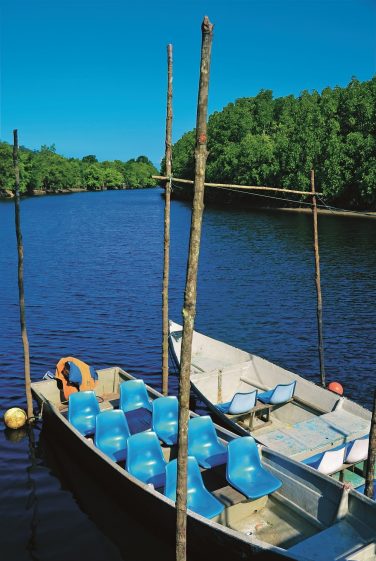 The beaches at Cherating are perhaps most well-known for their sea turtles. Though the numbers have dramatically declined over the years, dozens of female green turtles still find their way back to the beaches here – where they themselves were first hatched – to lay their eggs and introduce a new generation to the seas.
The beaches at Cherating are perhaps most well-known for their sea turtles. Though the numbers have dramatically declined over the years, dozens of female green turtles still find their way back to the beaches here – where they themselves were first hatched – to lay their eggs and introduce a new generation to the seas.
The “turtle season” generally runs from May to August, so it’s coming up soon, and if you’re fortunate, you can be there to watch.
It’s a remarkable experience to see these large, gentle reptiles emerge from the sea and slowly make their way to a spot on the beach and dig out a deep hole. Once the hole is prepared, the female will lay her eggs by the dozen, each about the size of a ping-pong ball.
On my last trip, we got the call around 10pm that the turtles had arrived, so we went to the beach and watched with wonder. The new mother we observed deposited just over a hundred soft eggs in her burrow, and once completed, she filled in the hole with sand, and shuffled off back to the surf.
There is no nurturing period of parenting for marine turtles; once the eggs are laid, she considers her mothering duties fulfilled and the hatchlings are completely on their own.
More than a few, of course, never even see the outside of their egg: predators will unearth the sandy nest and take the eggs.
Regrettably, humans are on this list of predators, and for that reason, volunteers from the nearby Turtle Sanctuary were on hand to immediately seize the entire cache of eggs before the mother turtle had even made it back to the ocean, denying would-be poachers (and hungry monkeys) their prize.
The eggs are then taken back to the Sanctuary for gestation, and when the hatchlings arrive, they are returned to the same beach and released, where they instinctively scramble into the sea. We were extremely lucky to not only see a turtle laying her eggs, but to also receive a separate batch of fresh hatchlings (rather humorously delivered in a blue Tesco shopping basket) to release into their new ocean home. Females who survive those first tenuous years of life will return to the same beach in 25-30 years to lay their own eggs.
In addition to the green turtle, the waters off the coast of East Malaysia are home to other turtle species, too, including the hawksbill turtle and the critically endangered leatherback turtle, the largest sea turtle – indeed the largest of any living turtle species – in the world.
Both of these marine turtles are featured on the latest series of RM20 banknotes in Malaysia, counted as ambassadors of the rich variety of life found in Malaysia’s coastal waters. In fact, the coastline near Cherating was once home to the greatest nesting population of leatherback turtles on Earth, but sadly, rampant egg consumption by humans has effectively wiped out the entire subpopulation here.
Valiant efforts to reinvigorate the leatherback’s presence in Malaysia have, to date, been largely ineffective, and the story of this wondrous turtle’s precipitous decline in the country’s coastal waters now serves as a cautionary tale in ongoing conservation efforts.
The old village, Kampung Cherating Lama, is really the heart of Cherating, and also offers a few fantastic seafood restaurants – very casual and open-air – and though the seafood isn’t as cheap as you might expect, relaxing around sunset with some barbecued stingray, grilled snapper, and a platter of freshly floured and fried squid is a most enjoyable way to begin the evening.
And for a truly local experience, be sure to stop at one of the impromptu snack shacks set up at various street corners. Not much more than a roving food stall with a few plastic tables and stools, these places are great to order a plate of pisang goreng (fried banana fritters) and fresh coconut water. Life moves at a slower pace in the village, and it’s great to just wander around and see what strikes your fancy.
Near the village, the gently flowing Cherating River is a surprisingly scenic waterway by day, owing to its clean water (unlike many of Malaysia’s muddy rivers) and lush foliage on the banks. By night, it’s possible to book a river journey with the no-surname-required Hafiz, who has been running a successful river tour operation from Kampung Cherating Lama for years.
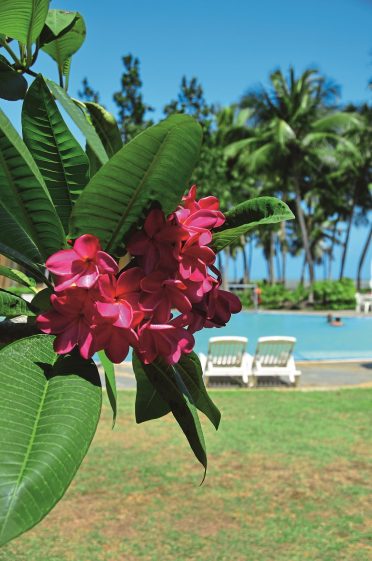 Pass over one of those turtle-adorned RM20 notes and you’ll get an informative seminar on the fireflies here – a different species than the famous fireflies of Kuala Selangor – and then a most enjoyable boat tour up the river.
Pass over one of those turtle-adorned RM20 notes and you’ll get an informative seminar on the fireflies here – a different species than the famous fireflies of Kuala Selangor – and then a most enjoyable boat tour up the river.
The relaxing tour lasts just under an hour, and if you take this little cruise during a new moon, the deep dark affords a wonderful spectacle of shimmering fireflies (who routinely fly lazily into the boats, landing on delighted passengers) and a vast field of stars high above the blackened banks of the river.
Signs for “Hafiz’s Cherating Activities” abound around the area, and if you can’t find the place, it’s a sure bet almost anyone you ask would be able to help you! You can discover more at hafizcheratingactivities.blogspot.com. There’s not much fanciness or pretense in Cherating, as you might imagine.
It’s an authentically local sort of place, and while that’s mostly good, it also means expectations must be realistic. It does suffer a bit from the all-too-common local hallmarks of subpar service and mediocre maintenance, but Cherating – both the beach and the village – still offers a charming and delightful getaway from the hectic pace of city life.
This article was originally published in The Expat magazine (April 2017) which is available online or in print via a free subscription.
"ExpatGo welcomes and encourages comments, input, and divergent opinions. However, we kindly request that you use suitable language in your comments, and refrain from any sort of personal attack, hate speech, or disparaging rhetoric. Comments not in line with this are subject to removal from the site. "


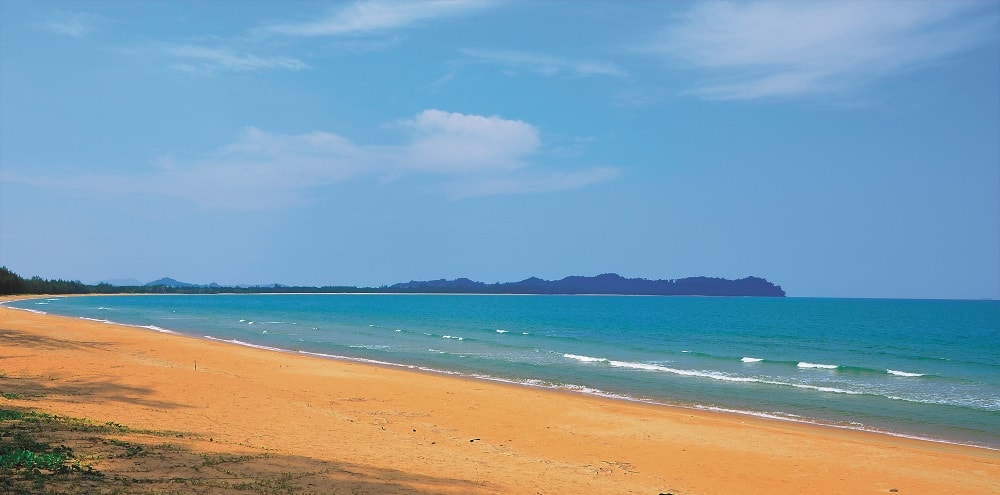

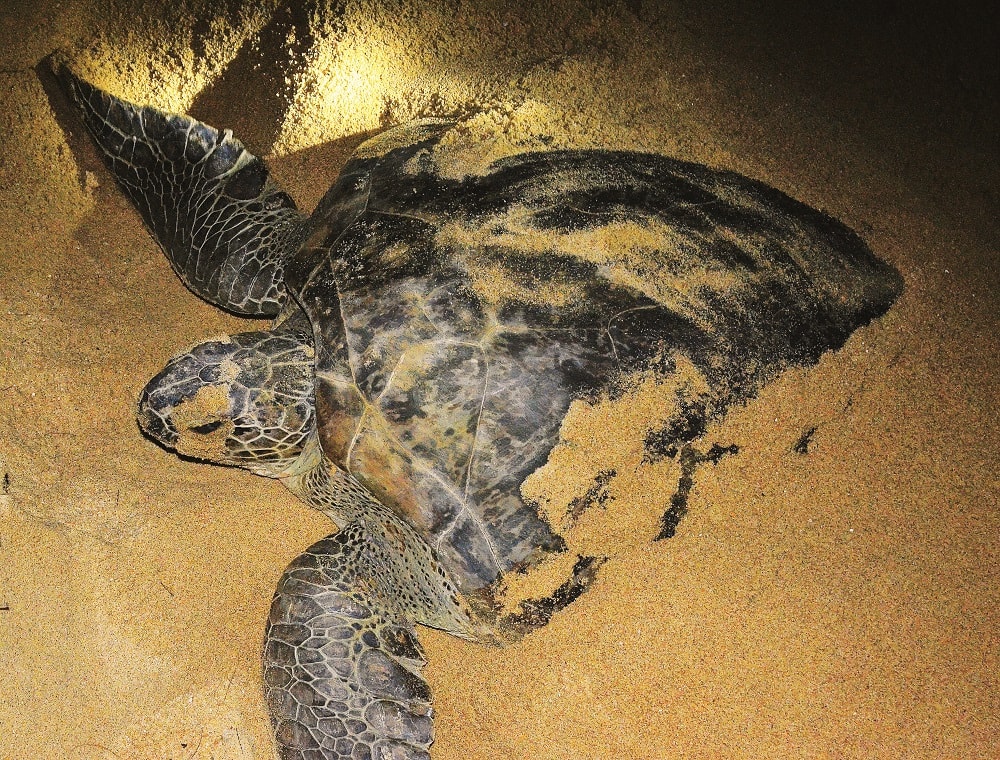
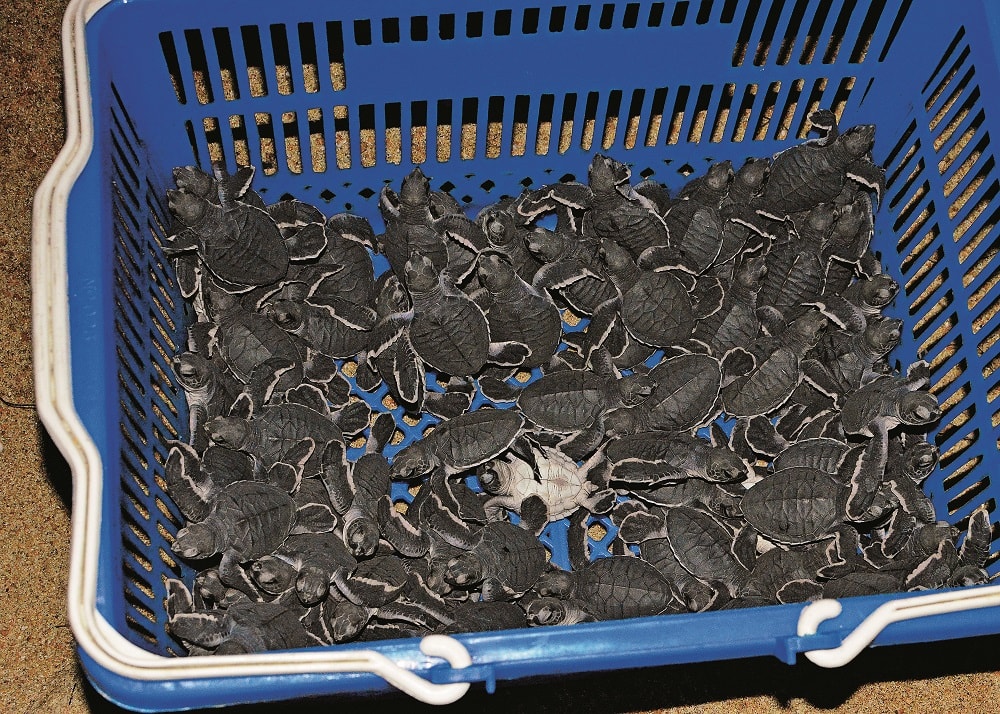
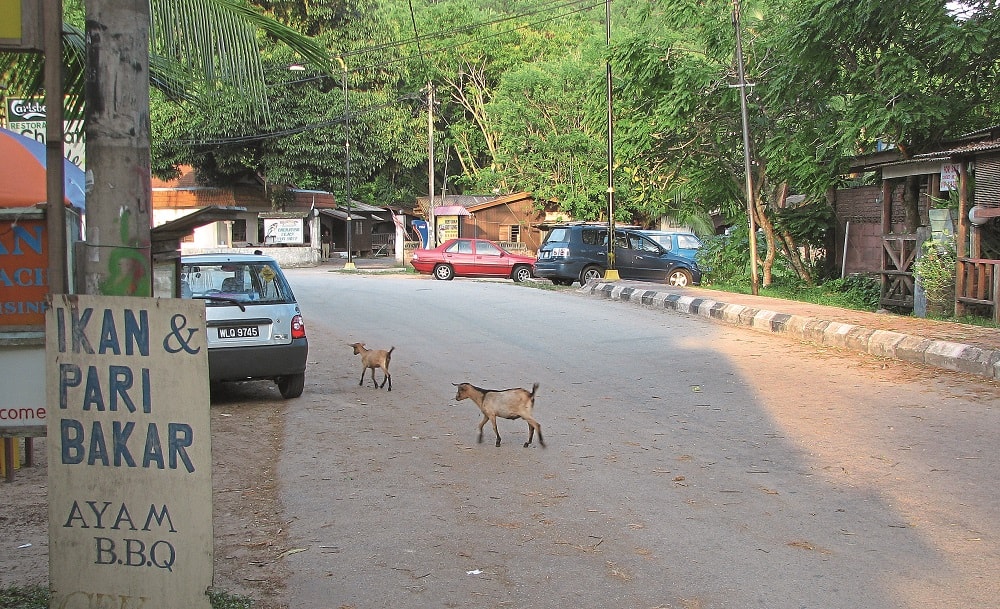
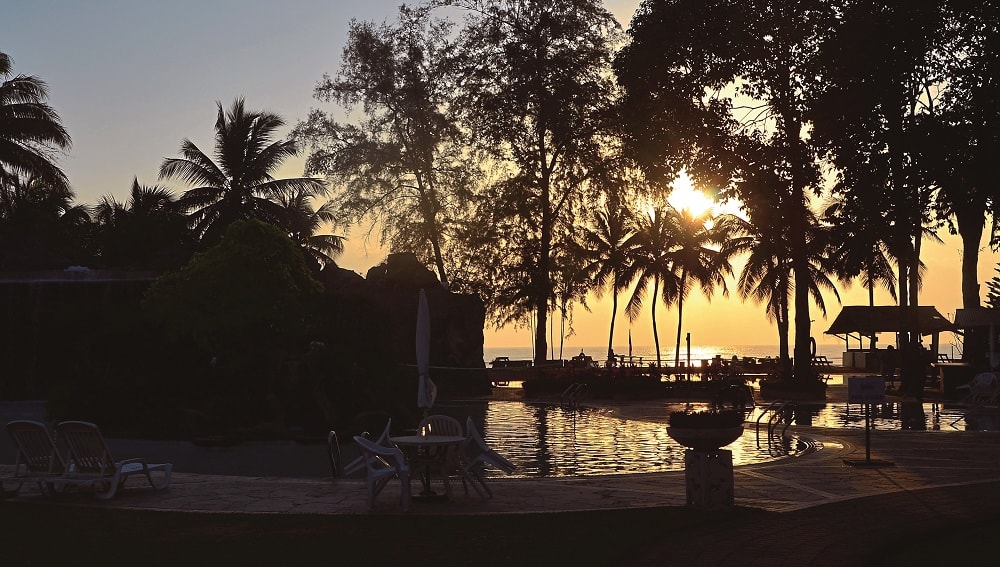




















No bikinis but burqas as they’re becoming wahhabist by the day
Unfortunately yes
Most people barely notice that as the Saudis cement their stranglehold in the capital of Islamdom they export a dark nefarious version of Islam unseen before
so Bikini is derived from Malay culture?? Stop putting the blame on Saudis or Middle Eastern people, if you learn our country’s history then you should know that the Malay people already adopted the concept of “cover-up” since long time ago. Here is the photo of Malay woman in the past:
Fahmy: ok, so you are suggesting that only Wahhabist think it is “haram” to wear the Bikini, but other type of Muslims such as Sunnis and Shiites are ok with it? You seriously out of your mind dude!
The East Coast is now very Islamic so finding a beer is now a problem for tourists and skimpy beachwear is frowned upon.
Now? I thought East Coast of Malaysia already in that form since long time go, no?
that is the beauty of traveling. So that you can see and appreciate different culture & way of life. If you looking something that resembles your home country, then there is no need for you get out of your house and fly to different continents. You better just stay at home.
I always find quality hotels wanting in Cherating, if you don’t fancy Club Med. Today, I opened the Star and read that Royale Chulan has opened in Cherating.. Yeah!